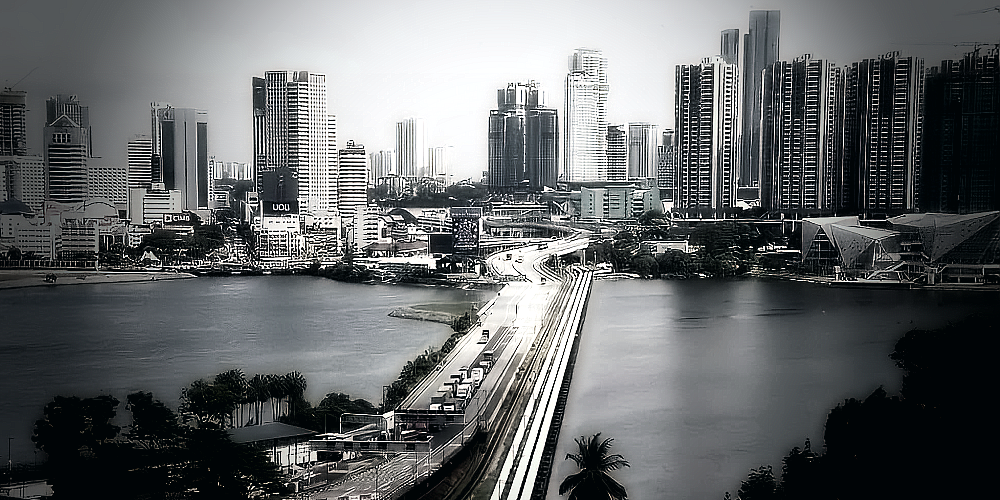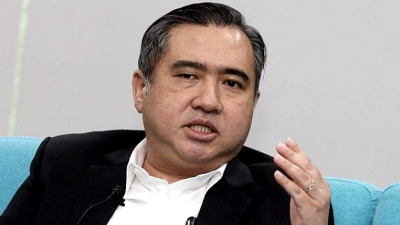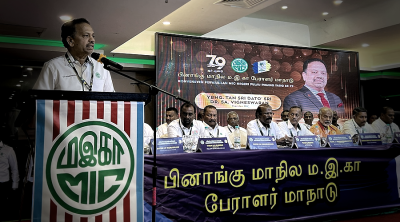
Prime Minister Datuk Seri Anwar Ibrahim was in Singapore for an unofficial summit with his Singapore counterpart Lee Hsien Loong.
In the post-meeting press conference, the two leaders said feasibility study would be conducted on the proposed Johor-Singapore Special Economic Zone (SEZ) and would explore the focus areas of the SEZ and how to lure investors and cater to market needs.
Both leaders said they would expedite finalizing the SEZ details, with an MoU to be signed on January 11 next year.
The successful implementation of the SEZ will be win-win for both countries’ development.
Today, economic developments in both Malaysia and Singapore have arrived at a bottleneck.
Land-scarce Singapore’s development is restricted by land availability, and consequently the city-state will have to resort to land reclamation, which over the past six decades has added almost 150 square kilometers of land area.
Due to the sky-high cost of land, the city-state is invariably at a huge disadvantage when it comes to wooing investments that require land mass for operation. As a consequence, it has to focus on finances, high technology, medical care, logistics, air and sea transportation as well as R&D sectors.
Meanwhile, investments with relatively low added value but high input may find Malaysia a much more attractive destination.
Johor, on the other hand, is endowed with ample land resources, utility supply, infrastructure and availability of cheap labor, not to mention its close proximity to Singapore.
As such, cooperation between the two sides to set up an SEZ in the vicinity of Johor Bahru will create that multiplier effect to complement the economic developments on both sides of the Johor Straits.
Now that leaders of both countries have reached a consensus that a Johor-Singapore SEZ will be a major development master plan that holds tremendous potentials, it is poised to further promote transboundary goods and personnel movements while enhancing the existing corporate ecosystem, with the ultimate objective of significantly boosting the economic attractiveness of both countries.
The proposed SEZ will create that multiplier effect to complement the economic developments on both sides of the Johor Straits.
As reported on Singapore media, the potential and key prioritized sectors of SEZ have been preliminarily identified as: enhancing bilateral logistics efficiency through the provision of tax incentives and bonded warehousing facility; facilitating immigration clearance for workers plying between the two sides on a daily basis; and altering the economic ecosystem of both Iskandar Malaysia and Singapore, as companies can set up offices on both sides, providing greater flexibility in their development strategies.
In view of this, Malaysia has recently strived to significantly improve its clearance efficiency at immigration checkpoints, while Singapore has also planned to expand its facilities. This will help shore up efficiency and boost the human and vehicle traffic handling capacity in the long run.
The Johor-Singapore SEZ will provide a rare opportunity for both countries to step up economic cooperation by offering more conducive legal and taxation conditions as well as various perks in creating an ideal investment environment as well as highly efficient and comprehensive public service delivery system, with the hope of luring more foreign investments and expanding foreign exchange earnings to stimulate economic development.
The MoU to be signed on January 11 next year could entail the first phase of SEZ development which may include turning the Forest City development outside JB into a financial zone.
We would like to propose that the SEZ development be carried out in phases, beginning with Iskandar Malaysia. A “core” development zone can be considered in long-term planning to avoid sporadic development pattern.
The core development zone could be several thousand hectares of land in Iskandar Malaysia adjacent to Singapore, to serve as a future hub for financial services, technology, medical care, new energy, information software development, IT innovation, logistics, education, personnel training, hotel and F&B services for both countries, where passports are not required unless traveling beyond the core development zone is desired.
It is hoped that governments of the two countries will clearly define the rule of the game and draw up mutually beneficial short-, medium- and long-term cooperation solutions.
ADVERTISEMENT
ADVERTISEMENT


































